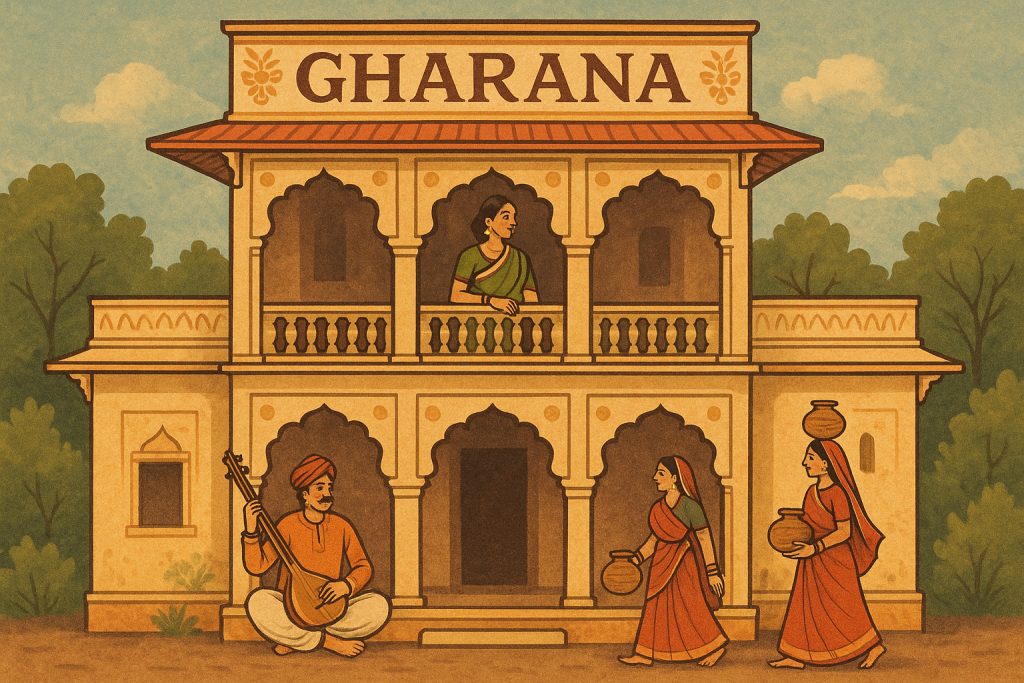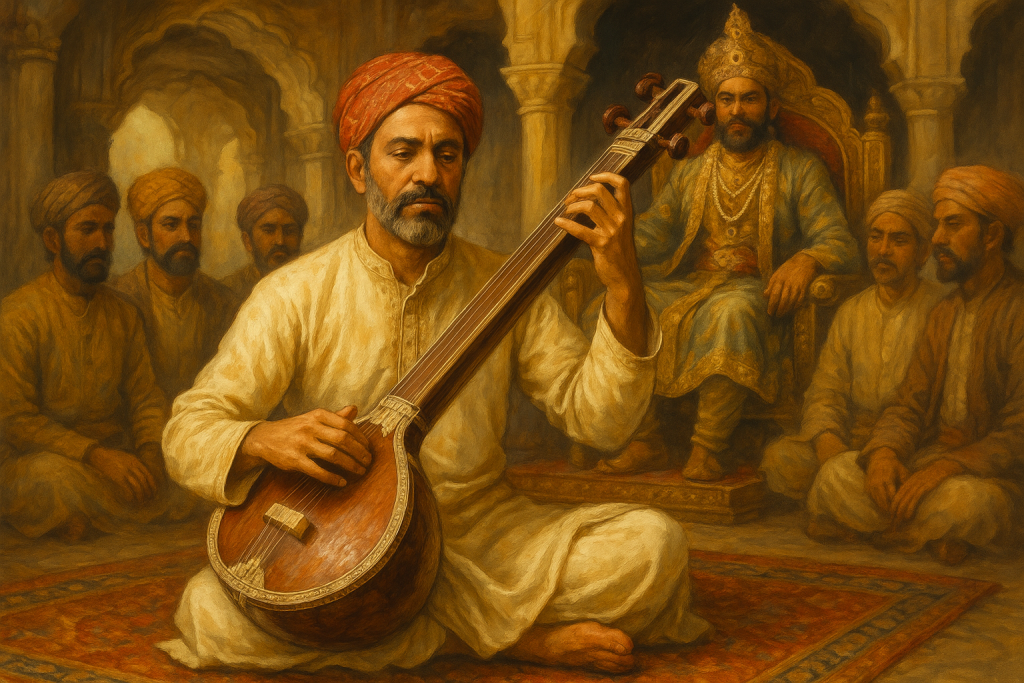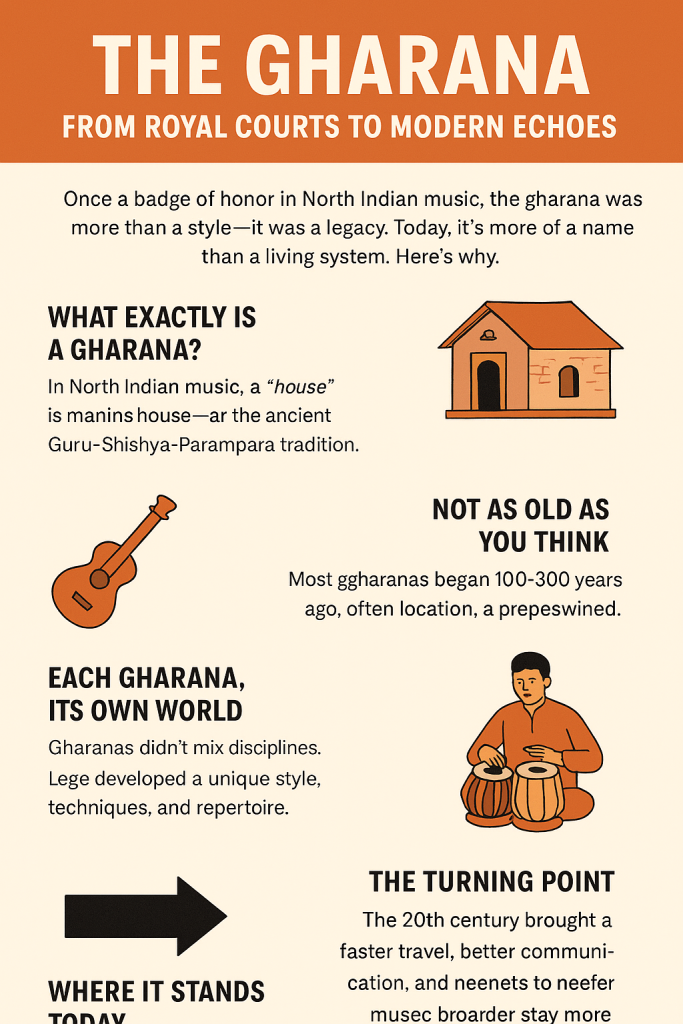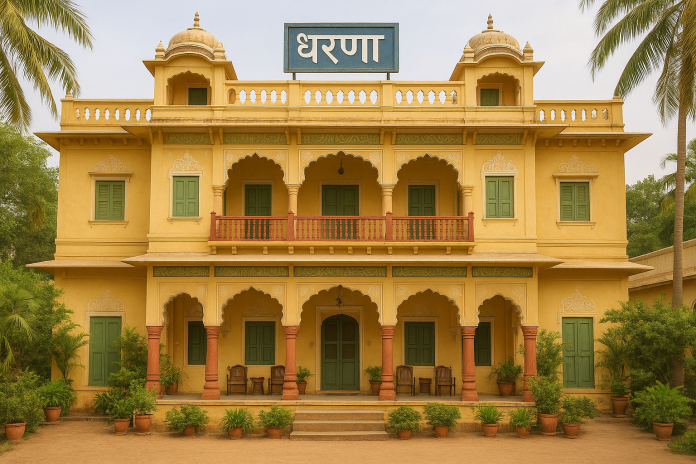Once a badge of honor in North Indian music, the gharana was not just a style, it was a heritage. Now, it’s just a name that lingers, more than a living system. Here’s why.
What Exactly Is a Gharana?
In North Indian music, a gharana quite literally means “house”, the house of the guru, to be precise. It evolved from the time-honored Guru-Shishya-Parampara tradition, whereby musical know-how was transmitted from master to disciple.
But while the general guru disciple idea is broad, the gharana had an official identity. Each was associated with a place—usually the birthplace of its creator. Some examples are:
- Farukhabad Gharana (tabla)
- Gwalior Gharana (vocal)
Not as Old as You Think

While the Guru-Shishya-Parampara is hundreds of years old, most of the gharanas started only 100 to 300 years ago, usually after the fall of the Mughal Empire.
They were not only about music. They were professional guilds. Membership in a well-respected gharana could lead to royal patronage, and each was supposed to uphold its artistic standards.
Every Gharana, Its Own World
Gharanas did not blend disciplines. A tabala player would not take a vocal gharana, and a Kathak dancer would not associate themselves with a sitar gharana. Each discipline, vocal, instrumental, or dance, had its own offshoots.
This division, along with inadequate transport and sluggish communication, provided each gharana enough time to forge its own style, technique, and repertoire.
The Turning Point

The 20th century saw change. Quicker travel, improved communication, and the requirements of contemporary performance meant musicians had to be more versatile.
But the gharana system was frequently secretive and one-pointed, well-suited to upholding tradition, less well-suited to learning to adapt. Ironically, those who yelled their gharana affiliation the loudest often had the least cross-trained training.
Music colleges in India started distancing themselves from the system, choosing a more open and cross trained one.
Where It Stands Today
The gharana remains largely in name. Performers still claim connection, but in the absence of royal patronage and a definitionally clear style, the term lacks the significance it formerly held.
What was previously a sign of elegance and heritage is now, for many, a mere echo of the past.
The gharana system influenced North Indian music for generations, providing styles, techniques, and traditions still taught today. Yet like so many cultural institutions, it had to reinvent itself or disappear in an evolving world.
A Visual Timeline of the Gharana



